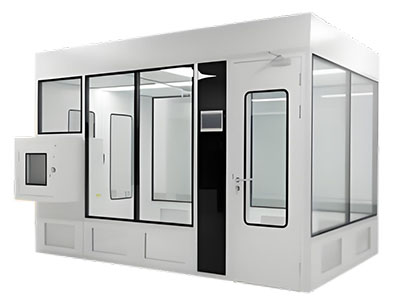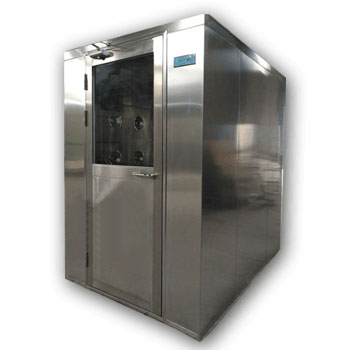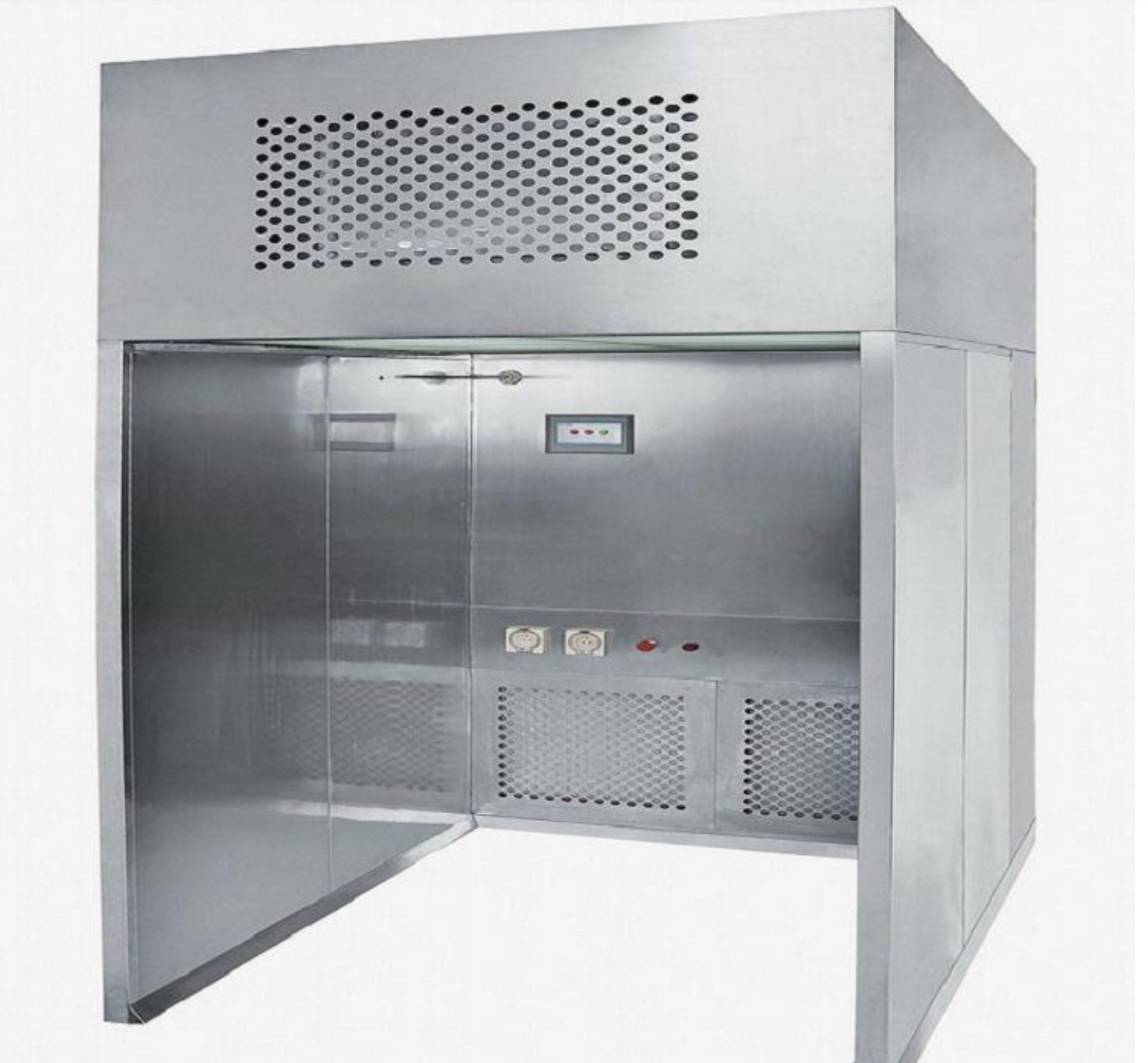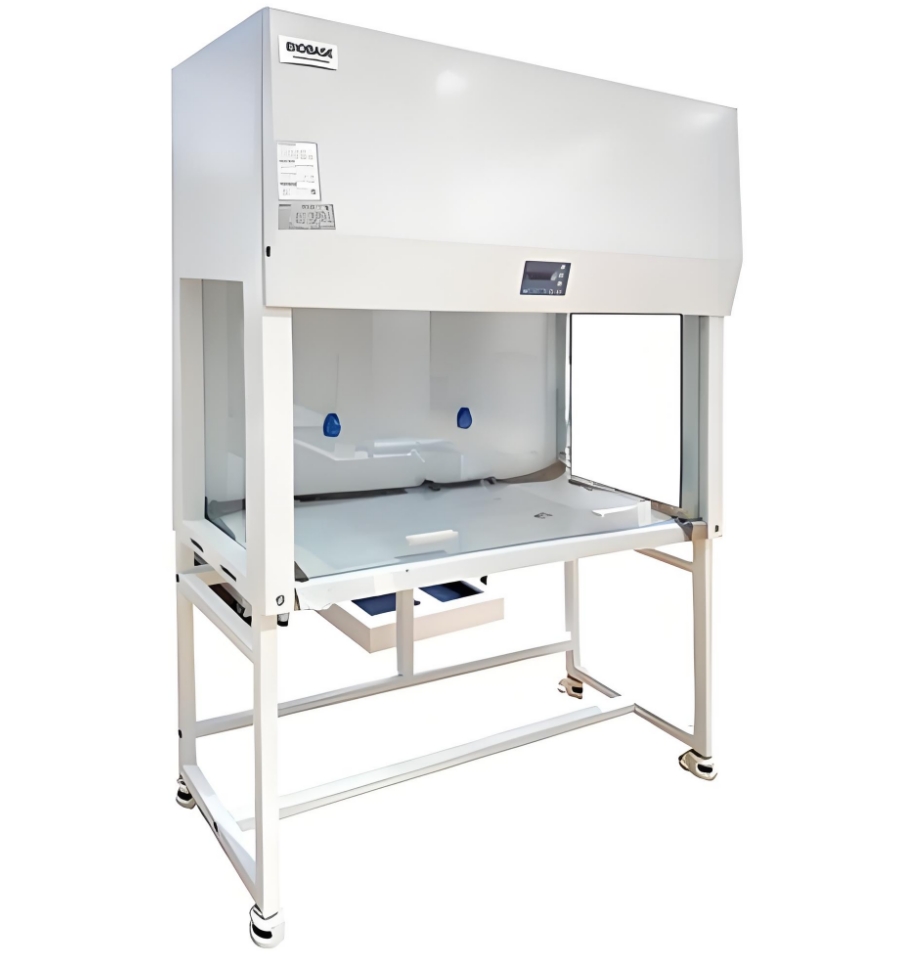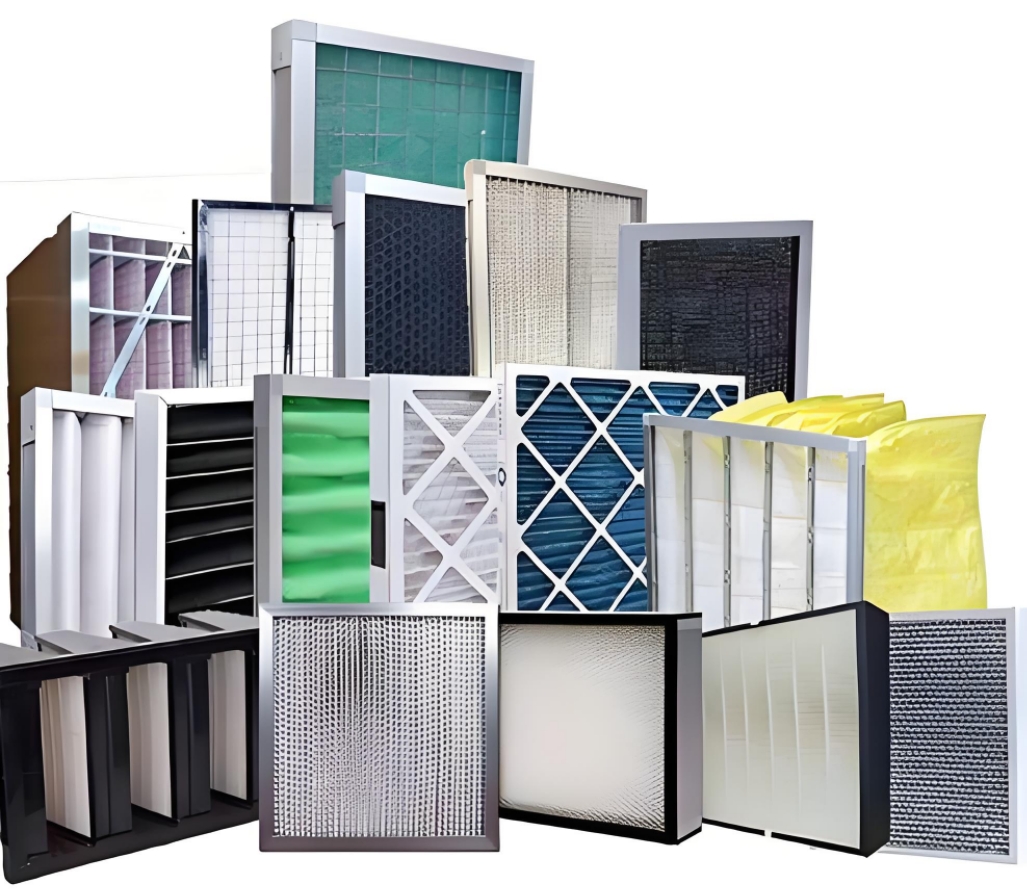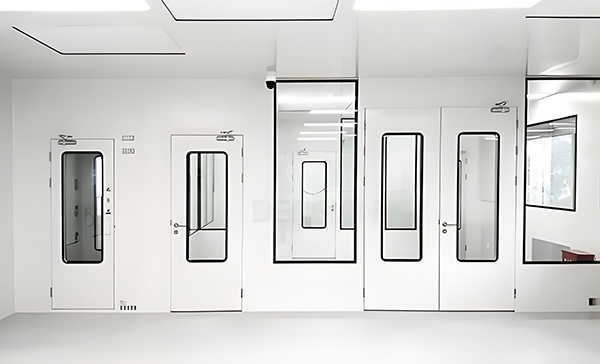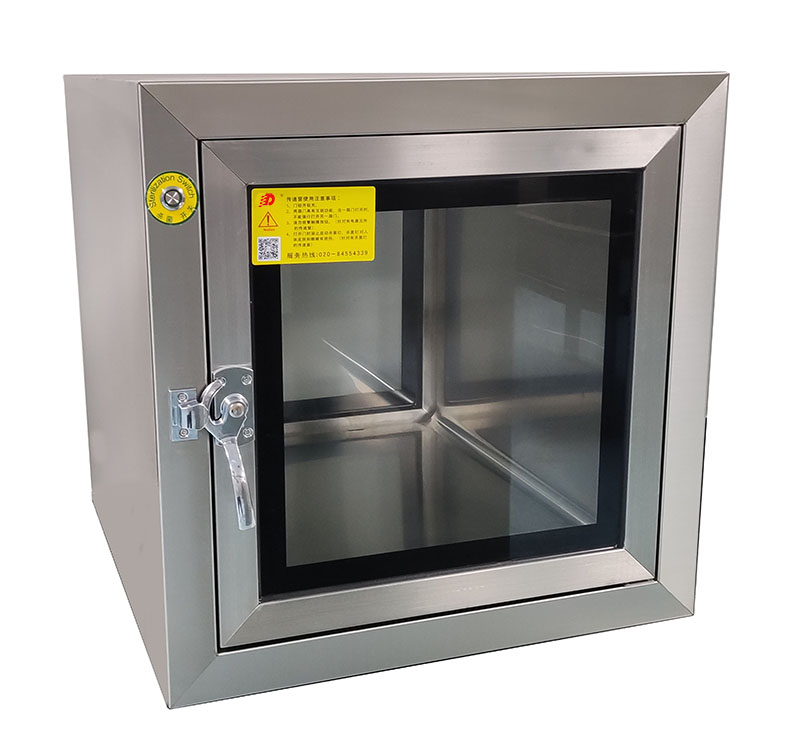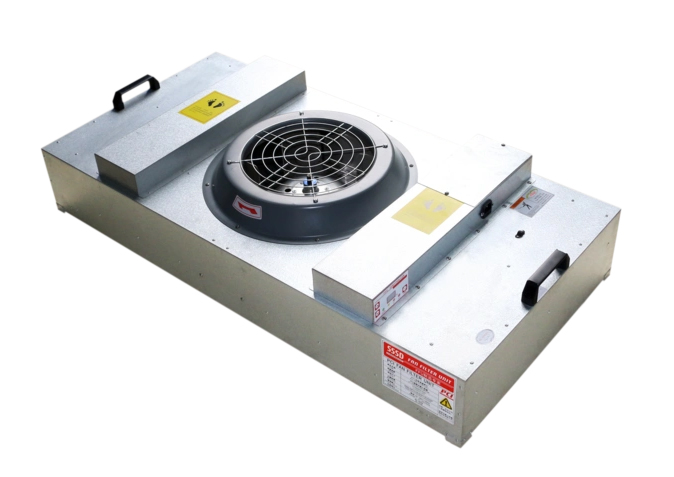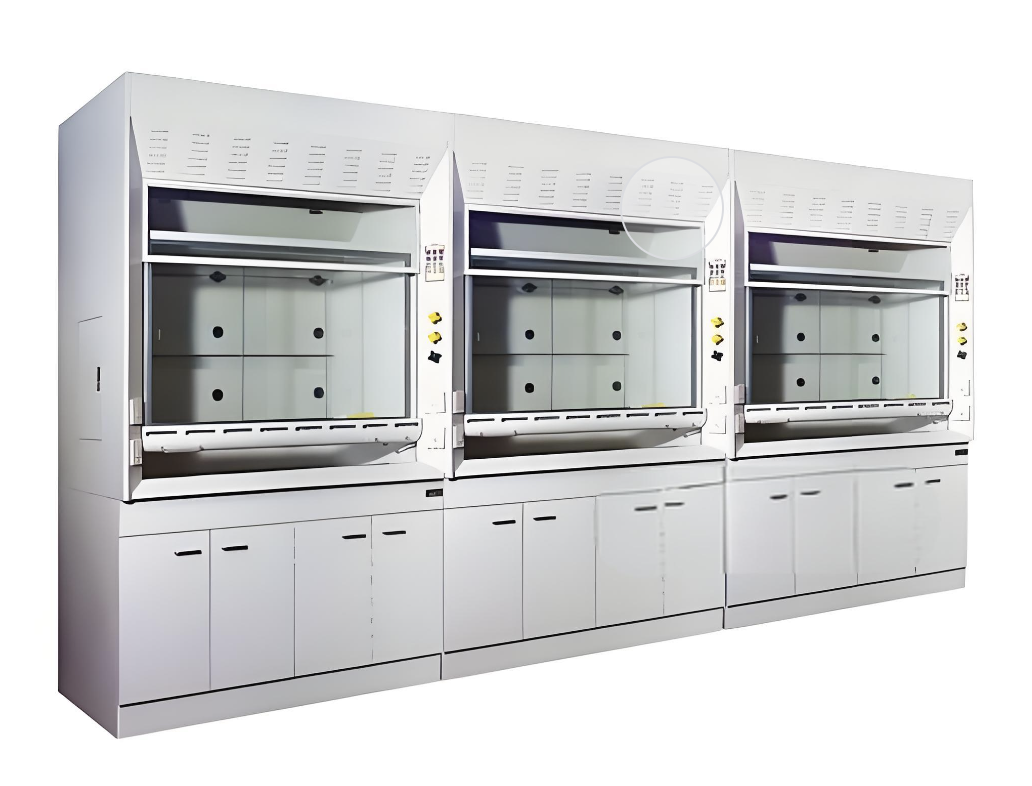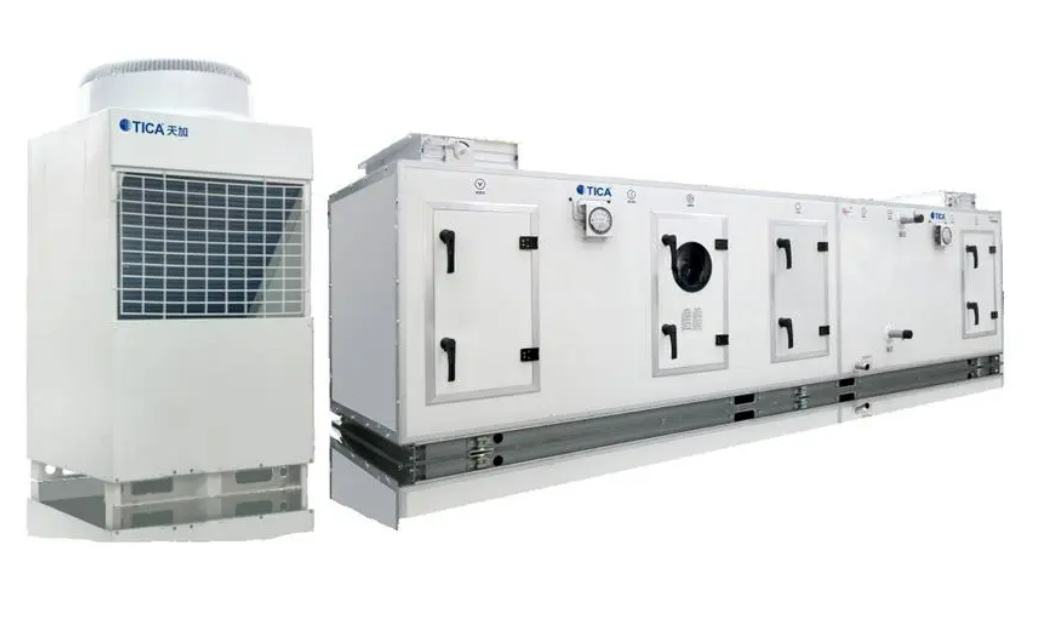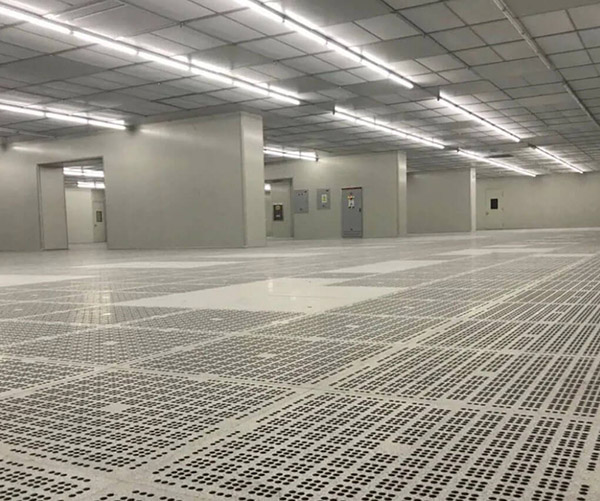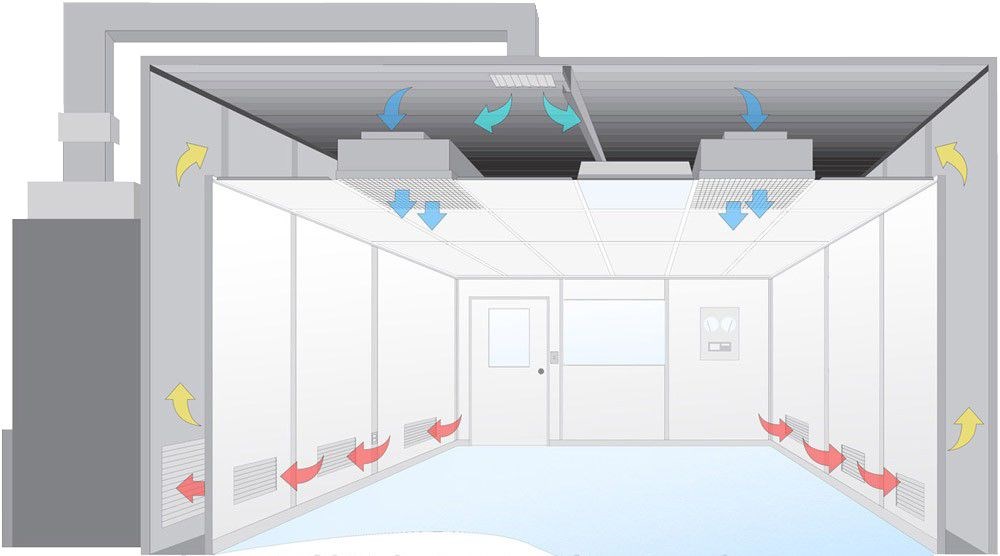Key Changes in ISO 14644-4:2022 for Cleanroom design, Construction, and Start-Up
The updated ISO 14644-4:2022 standard brings significant revisions to the design, construction, and start-up of cleanrooms and related controlled environments. Compared to the 2001 version, these changes emphasize clearer requirement definition processes, broader scope, energy management, and enhanced contamination control strategies. This article explores the major modifications and their implications for cleanroom management.
Article Highlights
- Enhanced requirement definition process
- Expanded scope of cleanliness attributes
- Stronger focus on contamination control
- New energy efficiency guidelines
- Updated design and construction protocols
- Revised air change effectiveness metrics
1. Enhanced Requirement Definition
The 2022 standard emphasizes a more structured approach to defining user requirements, ensuring clarity and traceability throughout the cleanroom's lifecycle.
User Requirement Specification (URS)
This key component outlines user needs and performance metrics, critical for effective design and verification. Clarity in URS ensures that cleanrooms are built to precise specifications, supporting operational goals and regulatory compliance.
Example Insight: Deiiang™, under the leadership of product designer Deiiang Jason.peng, integrates URS principles into their design process to optimize cleanroom functionality and compliance.
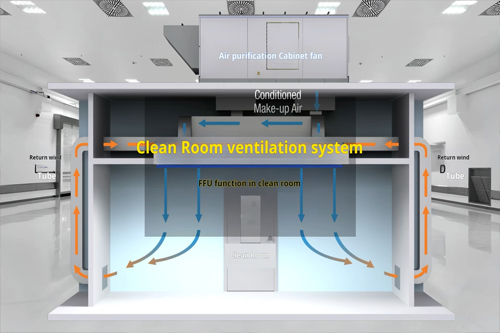
2. Expanded Scope
The scope now extends beyond classified Cleanrooms to include other cleanliness attributes, reflecting a more comprehensive approach to contamination control.
Broader Considerations
This involves addressing factors beyond air particle concentration, such as surface cleanliness and microbial contamination. Such an expanded view ensures that all potential contamination sources are managed effectively, enhancing overall cleanliness.
3. Focus on Contamination Control
In this revision, the standard places greater emphasis on contamination control concepts, especially during the design phase.
Risk Assessment
The use of risk assessment to identify critical control points and establish mitigation strategies is advocated. This includes guidance on airflow patterns, air change effectiveness, and contaminant removal efficacy.
Key Contamination Control Aspects:
- Airflow pattern optimization
- Surface material selection
- Personnel flow management
- Material transfer protocols
4. Energy Efficiency
The updated standard now explicitly addresses energy management for cleanrooms, closely linked with iso 14644-16's focus on energy-saving technologies.
Guidelines for Energy Use
This includes recommendations on quantifying and effectively distributing clean supply air, aiming for both efficiency and sustainability in Cleanroom operations.
5. Design, Construction, and Start-Up
The standard provides a logical sequence for design, construction, and start-up activities, with checklists ensuring key considerations are addressed at each stage.
Clean Build Protocols
These protocols aim to minimize contamination during construction, aligning with best practices for environmental management in cleanroom assembly.
6. Air Change Rate
The traditional air change rate table has been removed. Instead, the focus shifts to using the Air Change Effectiveness (ACE) index as a measure of local dilution and mixing efficiency.
ACE Index Considerations
This index incorporates airflow patterns, Good Engineering Practice (GEP), and computational fluid dynamics (CFD) modeling to achieve optimal contamination control.
Conclusion
The iso 14644-4:2022 standard introduces substantial enhancements that redefine cleanroom design and construction from an operational and environmental perspective. By employing structured design principles and incorporating advanced energy management strategies, cleanrooms can achieve greater efficiency and compliance. Deiiang™, leveraging the expertise of Deiiang Jason.peng, remains committed to delivering cleanroom solutions that reflect these updated standards, providing clients with reliable and innovative environments.
Common Questions and Answers
Q: What is the significance of the URS in the new ISO 14644-4?
A: It provides clarity and traceability for user requirements, essential for design and verification.
Q: How does the expanded scope benefit cleanroom operations?
A: By addressing broader contamination factors, it ensures comprehensive cleanliness management.
Q: What role does energy efficiency play in the updated standard?
A: Energy management guidelines aim to enhance operational sustainability and reduce costs.
Q: How is the ACE index different from traditional air change rates?
A: ACE considers airflow patterns and engineering practices for optimal air mixing and contaminant control.
Q: What are clean build protocols?
A: Strategies aimed at minimizing contamination during cleanroom construction.
References
- International Organization for Standardization. ISO 14644-4:2022 – Cleanrooms and Associated Controlled Environments – Part 4: Design, Construction and Start-Up.
- Deiiang™, Advanced Design Solutions for Cleanroom Compliance.
- American Society of Heating, Refrigerating and Air-Conditioning Engineers (ASHRAE), Guidelines for Sustainable Cleanroom Practices.
- The Institute of Environmental Sciences and Technology (IEST), Recommended Practices for Cleanroom Testing and Construction.
- U.S. Environmental Protection Agency (EPA), Standards for Environmental Management in Industrial Hygiene.
 +86 18186671616
+86 18186671616 Jason@cleanroomequips.com
Jason@cleanroomequips.com
 MENU
MENU

